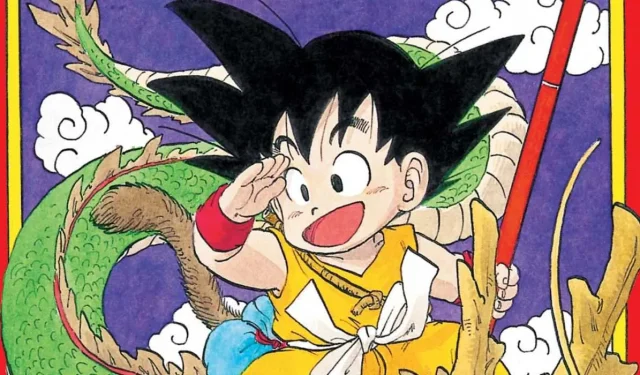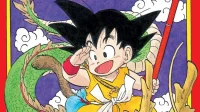Dragon Ball stands as a monumental title within the realms of anime and manga, featuring an unforgettable ensemble of characters whose adventures have captivated audiences for decades. Created by the legendary Akira Toriyama, this groundbreaking series produced over 500 chapters in Weekly Shōnen Jump from 1984 to 1995. In its wake, the franchise has expanded into numerous anime films and television series, with the latest installment, Dragon Ball Daima, concluding in February 2025.
Similar to other monumental franchises, Toriyama’s involvement with Dragon Ball did not cease with the conclusion of the original manga. He often contributed by designing characters and settings for subsequent projects, ultimately embracing the role of writer for the ongoing Dragon Ball Super manga, along with its two films and Dragon Ball Daima. Notably, Toriyama never pursued another full-length manga series after completing Dragon Ball. Insights regarding this decision surfaced through an interview with three of his editors, as detailed in a translation by X user Venixys.
Reasons Behind Toriyama’s Decision to Forego Future Manga Projects
The Artist’s Reluctance to Create New Works
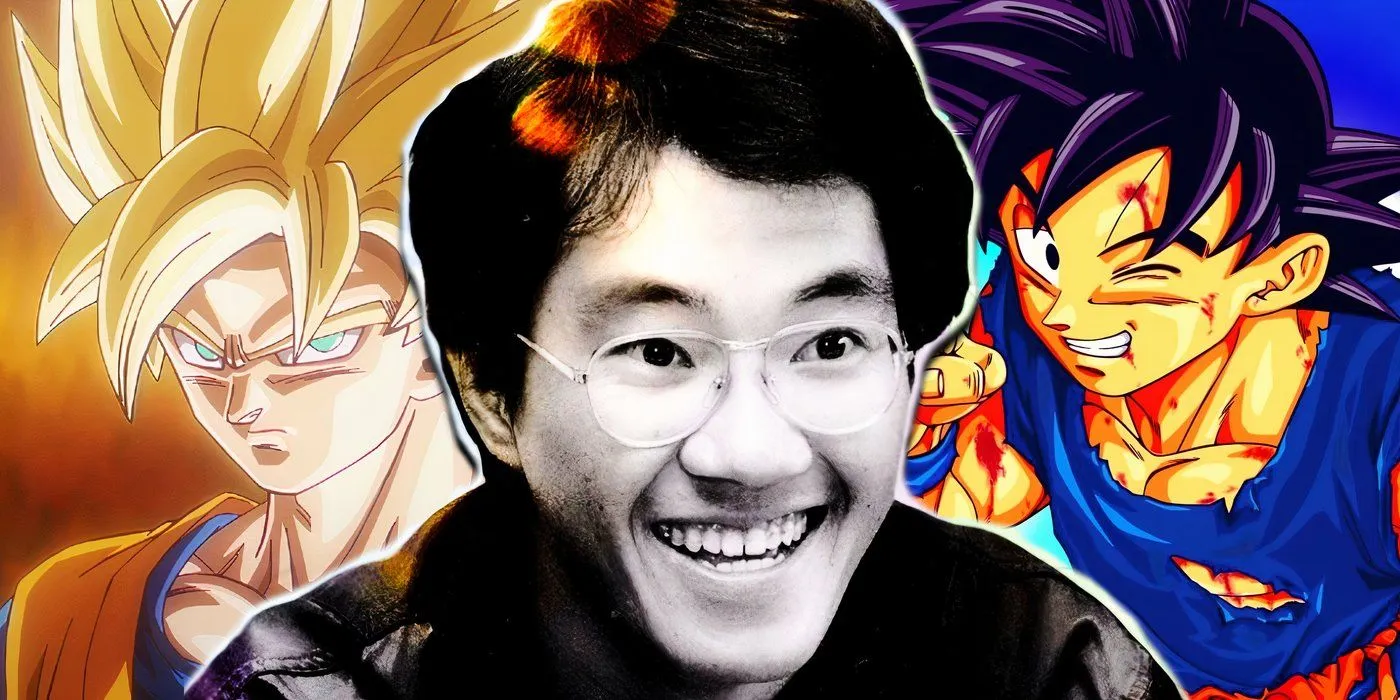
During a recent discussion on the Japanese podcast KosoKoso, original editors Kazuhiko Torishima, Yu Kondo, and Fuyuto Takeda reflected on Toriyama’s legacy and his relationship with Shueisha. Takeda, who succeeded Kondo during the Cell Saga, revealed that Toriyama independently decided to cease proposing new projects after Dragon Ball ended. He would often humorously express that he was done with work.
Furthermore, Takeda speculated that Toriyama’s waning motivation stemmed from a belief that he could never surpass the monumental success of Dragon Ball. Torishima, who helped launch Toriyama’s career in Shōnen Jump with the series Dr. Slump, shared a mix of emotions regarding Toriyama’s retreat from manga, recalling how the artist often made excuses whenever asked to embark on a new project, leading him to believe that nothing would reignite Toriyama’s passion.
While Akira Toriyama did not engage in large-scale manga projects thereafter, he remained creatively active. He provided illustrations for the 1997 series Dragon Ball GT, contributed to the Dragon Ball Z films, and collaborated with Toyotarou on Dragon Ball Super. Additionally, he crafted four short stories, including Sand Land, and returned to the Dragon Ball universe with 2013’s Jaco the Galactic Patrolman.
Additional Influences on Toriyama’s Departure from Manga
The Challenges of a Manga Artist
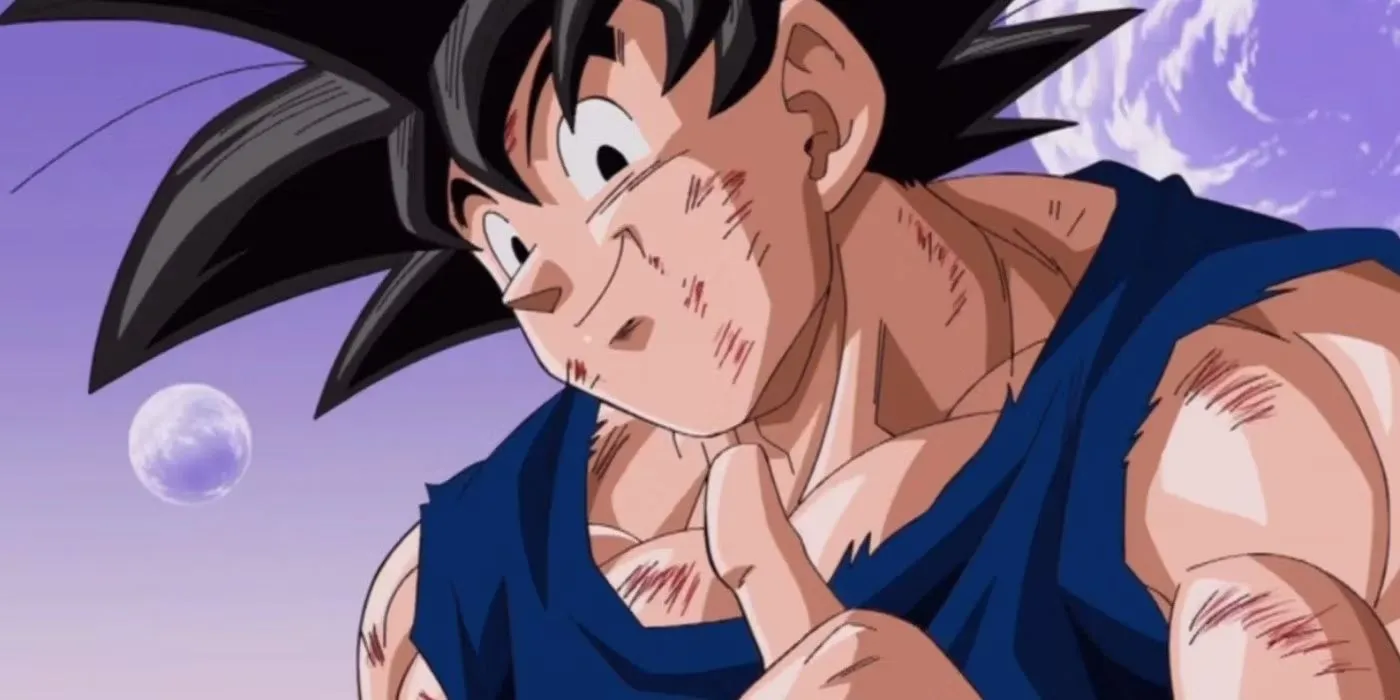
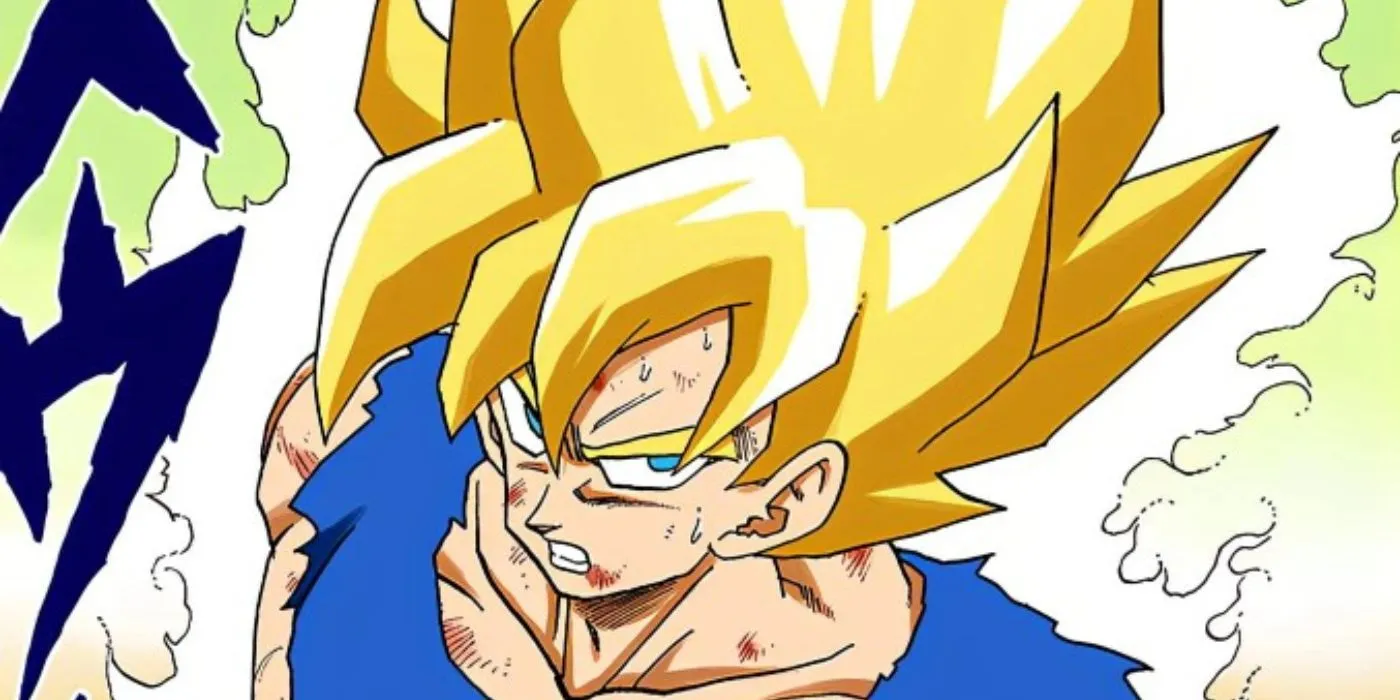
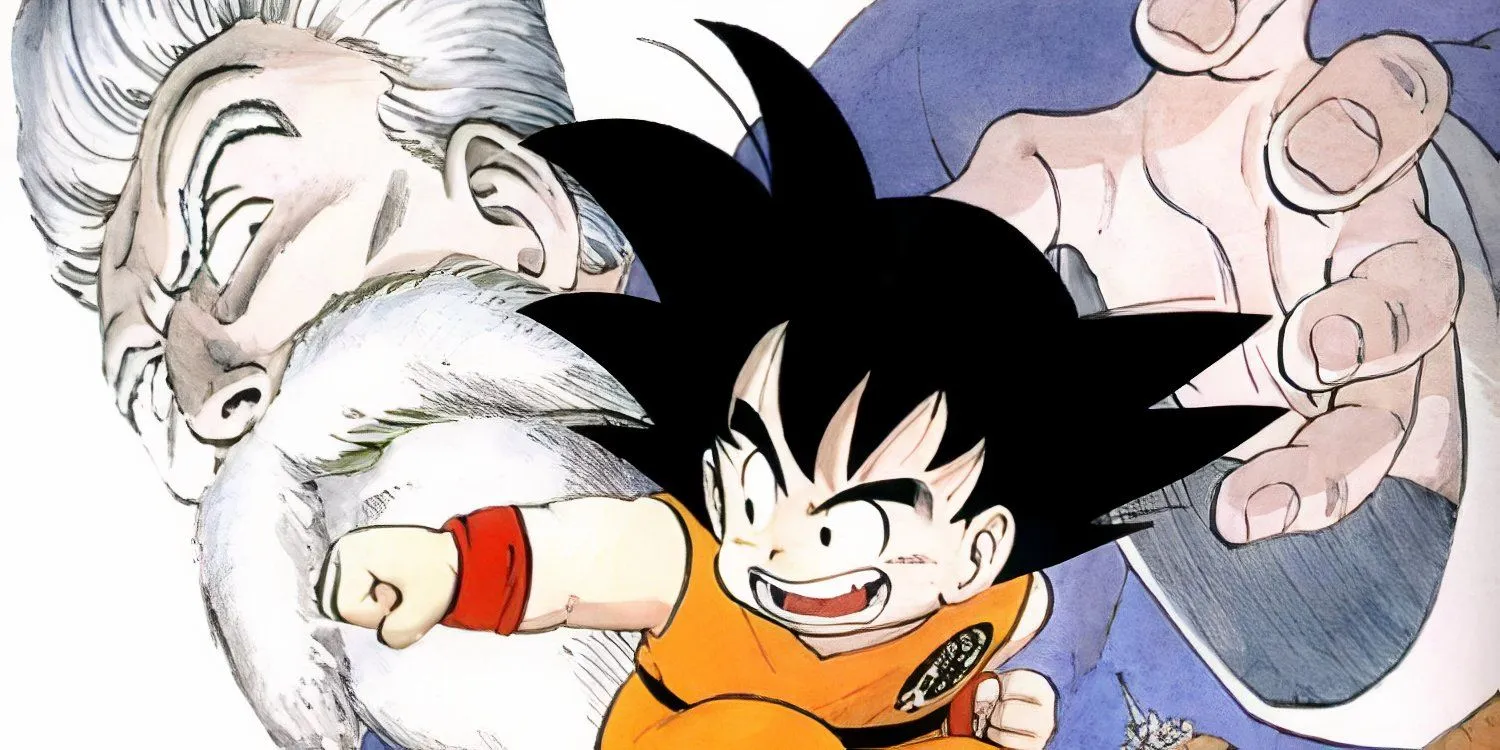

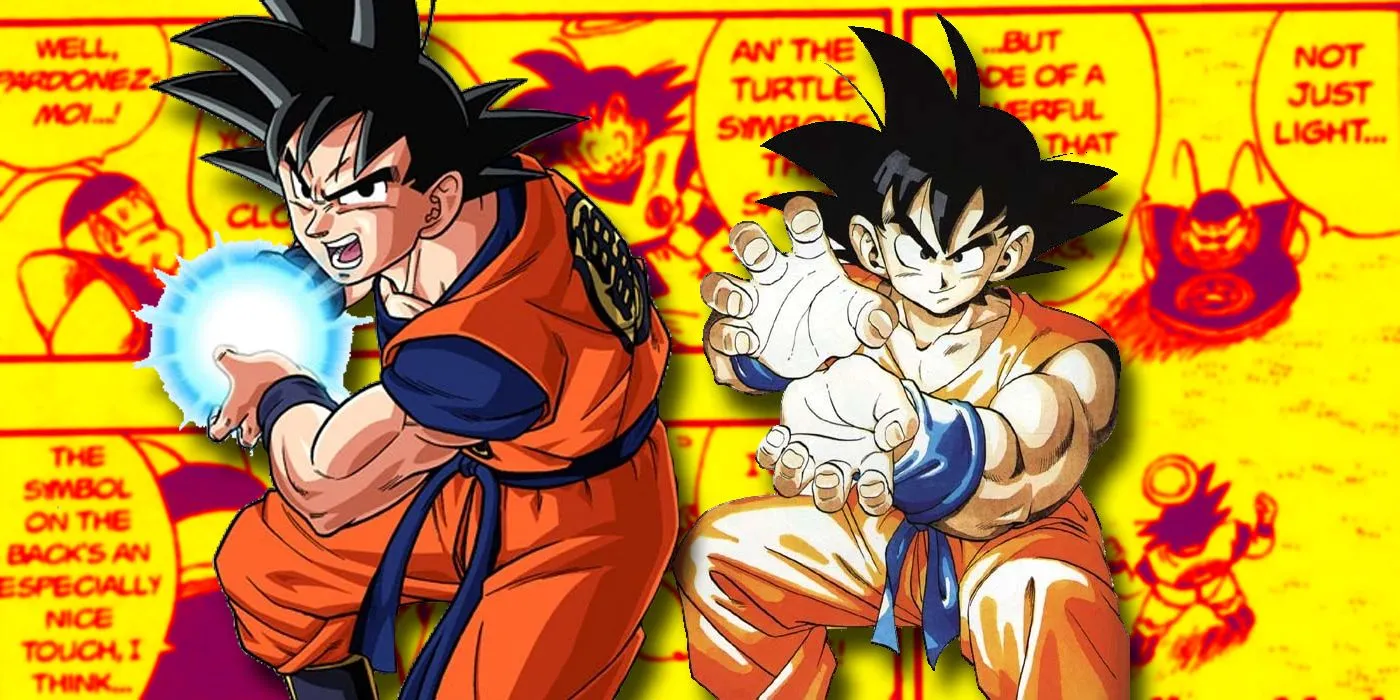
While the belief that he could not exceed Dragon Ball’s success likely played a significant role in Toriyama’s decision to step back, there were additional contributing factors. Being a professional manga artist entails considerable challenges, a reality that was also true for Toriyama. The editors recounted a period when he battled tendonitis, claiming he could no longer draw. To counter this, Torishima urged him to write his name, which he accomplished successfully, convincing everyone that he could still produce art.
While the full extent of Toriyama’s burnout has not been definitively established, it seems reasonable to believe that by Dragon Ball’s end, he was ready for a hiatus. The series was originally slated to conclude after the Cell Saga, but pressure from editors and Shueisha led to its continuation. After dedicating over a decade of intense devotion to the series, Toriyama deserved a chance to step back from the industry on his own terms.

Even four decades after its initial launch in Shōnen Jump, Dragon Ball remains a cultural landmark, recognized as one of the most groundbreaking and influential manga franchises ever. Although its creator did not pursue another significant title post-Dragon Ball, his extensive contributions have ensured the longevity of the series beyond its original conclusion. With Dragon Ball Daima marking the end of Toriyama’s final vision, the future trajectory of the series is uncertain. Nevertheless, any prospective developments will be rooted in the groundwork laid by its remarkable creator.
Source: KosoKoso (translated by Venixys on X)
